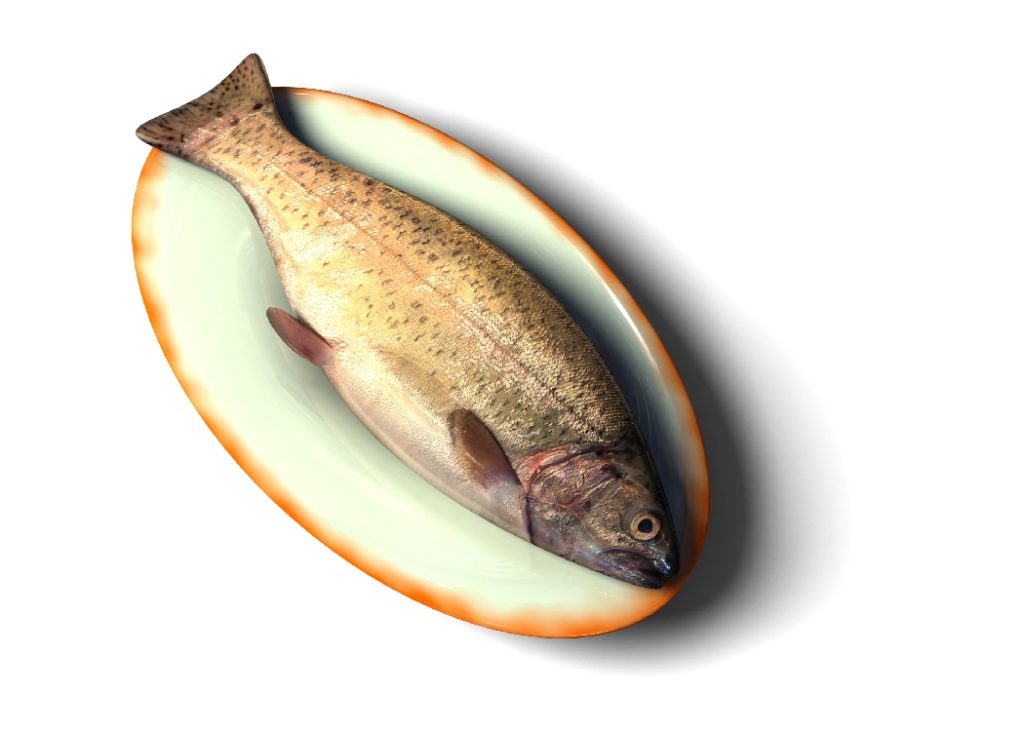These do NOT share the same nutritional value.
Fish oil comes from the body (i.e. meat) of fish. This is where the highest concentrations of the active forms of omega-3 fatty acids– EPA and DHA–are found. Cold water fish such as sardine, anchovy, mackerel and herring are the best sources because they are wild caught fish, low in saturated fat and lower in contaminants (unlike farmed salmon).
Popular uses of fish oil include:

- inflammation support (pain management)
- cardiovascular support (cholesterol management)
- cognitive support (memory and mood enhancement)
Cod liver oil is derived from the liver of wild cod fish. Since the liver stores vitamin D and A, cod liver oil is a good source of these two essential vitamins. Liver oil also contains the omega-3 fatty acids but in lower concentration than fish oil. The benefits of naturally existing vitamins A and D in cod liver oil extend its uses to include:
- skeletal support (including bones and teeth)
- immune support (cold and flu prevention)
- eye support ( macular degeneration prevention)
Still not sure about which one is best for you? Book a nutritional consultation with me and I can assess your needs based on your health concerns and goals!
Liquid vs capsules: a BIG difference
In any case, it’s useful to know that it takes at least 5 capsules of oil to get a teaspoon-worth—so if you’re simply trying to decide what format to take, the liquid version is far more cost-effective.
